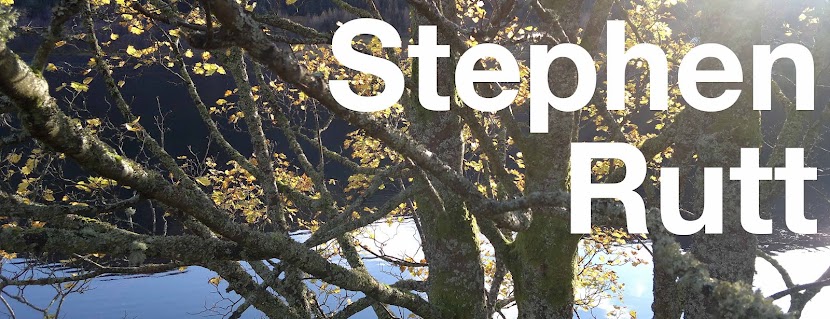The canal water is crisp sky, floating factory logos and double-headed ducks swimming. Briers are tangled tight around the security fence, frozen stiff and pale, becoming perches for Robins and foraging lines for Blackbirds. The towpath puddles cracked underfoot. A low branch mugged me for my hat. The sky clouds over, early morning light dulls and Moorhens bail out of the hawthorn bushes I walk past, crash landing in the canal. The mirror is broken; the water turns green and grey. The towpath bends towards the four lanes of traffic and the train track. Through the trees, the lit-up high street logos of a suburban retail park.
I am not in a park. But I have fields and trees and the crunch of ice in the grass and mud. In the foreground four old oaks survive in the fields, gnarled and proud amongst scrub laced with footpaths. The paths are heavily-used. Lager cans strewn like fallen fruit that won’t rot. Dogs walk their owner. I find a pair of Little Owls perched with their backs to me, dappled pale on grey plumage merging into grey twigs and white sky. Frowning anyway, the white M shape on the back of their necks creating a 'false face’ in a state of ever-fierceness. Then a yellow eye gets glanced in my direction, with disdain. Electrifying the gloom.
I want to melt away at that precise moment. It is an urge that comes over me, when looking for owls; when every cracking twig, or kicked pebble seems amplified, exaggerated to comic levels of clumsiness. I want to disappear in bushes and watch the owl unobserved. Instead it converts its disdainful glare into flight at one sudden, inelegant and human movement.
Back by the canal it started to snow. Droplets, then a flurry, then a blizzard. A Cormorant, frosty-headed with hormones, dives for fish.
This is the unofficial countryside. Where pylons poke out from woods, where the undeveloped and unmanaged corners are closer to the spirit of nature than many too too tidied nature reserves. It may be unofficial, but it’s not counterfeit. Encounters with wildlife seem more genuine, less predictable, wilder even, in these neglected corners. The Little Owls in this suburb of London symbolise it wonderfully. A 19th century introduction by Thomas Powys, the fourth Baron of Lilford and an eminent Victorian ornithologist, they spread throughout Britain filling its hitherto vacant ecological niche. They can be found throughout the countryside, where ever there is a landscape of open fields and undisturbed farm buildings or an oak tree’s maze of branches.
Can be found. I haven’t seen one well in the countryside for a couple of years now. Not because of a dramatic decline, but because they’re so discreet they mostly go unseen. I should’ve been looking closer to home. What the Little Owl is then is the unofficial owl, the discreet exotic; the perfect inhabitant of the countryside that exists where it shouldn’t. And why old trees, such as the four oaks between the canal and the retail park need protecting as rigourously as any oak in any pristine part of the official countryside.




So good o see someone else for whom the writing is as important as the nature
ReplyDeleteSo good o see someone else for whom the writing is as important as the nature
ReplyDelete